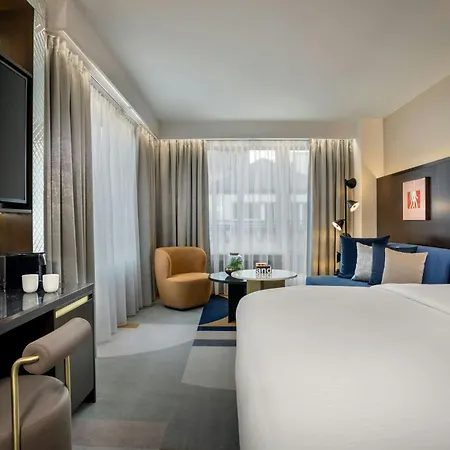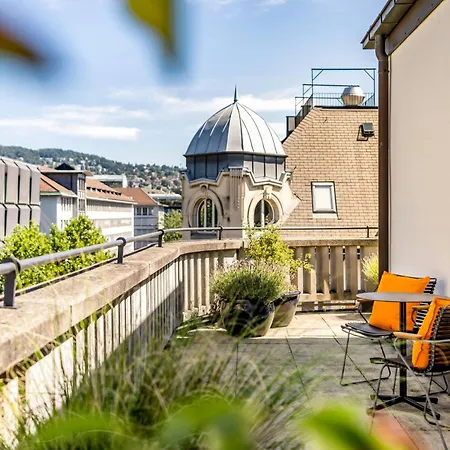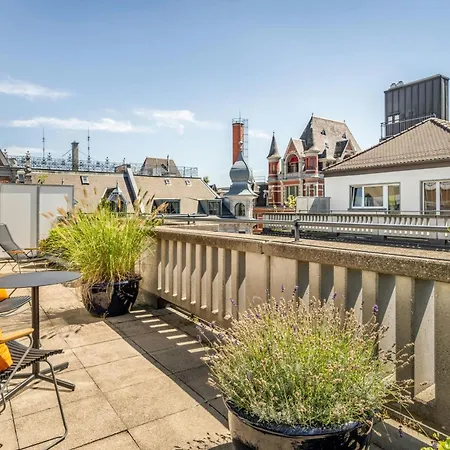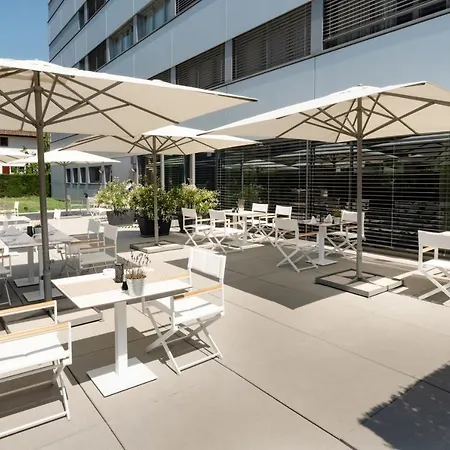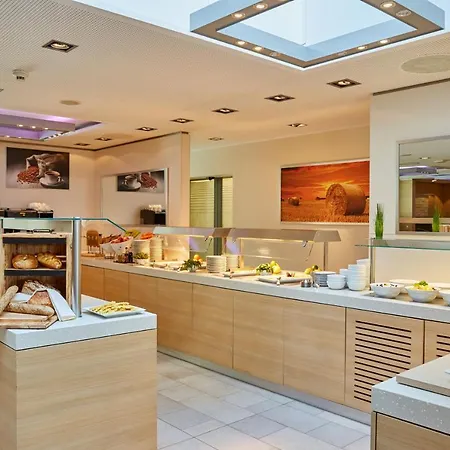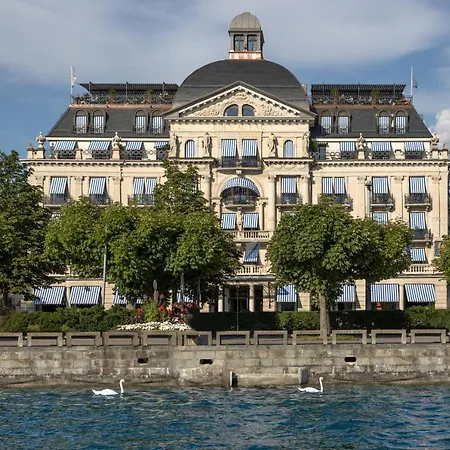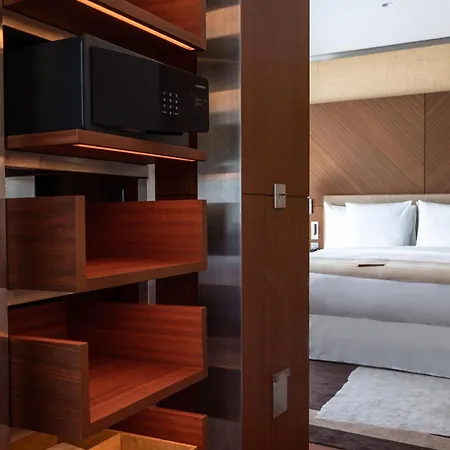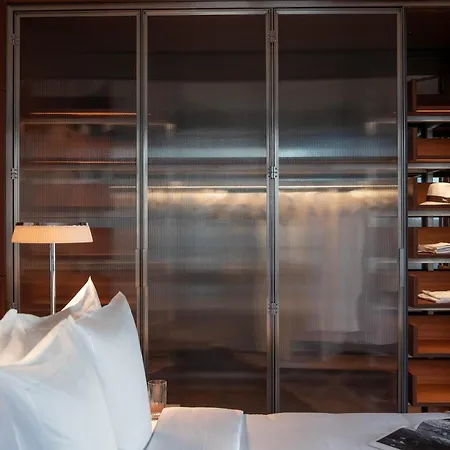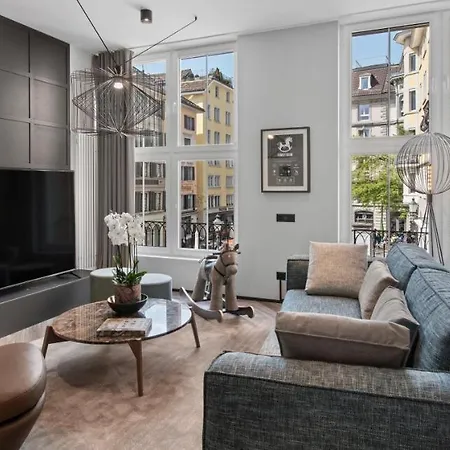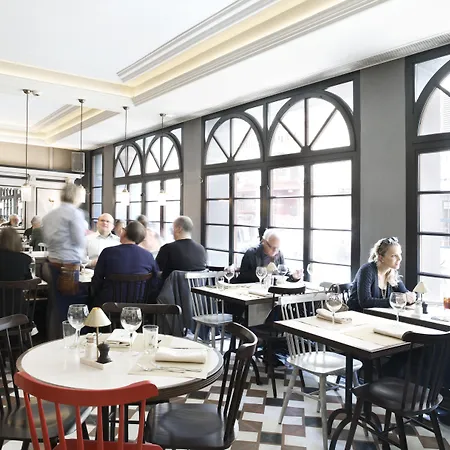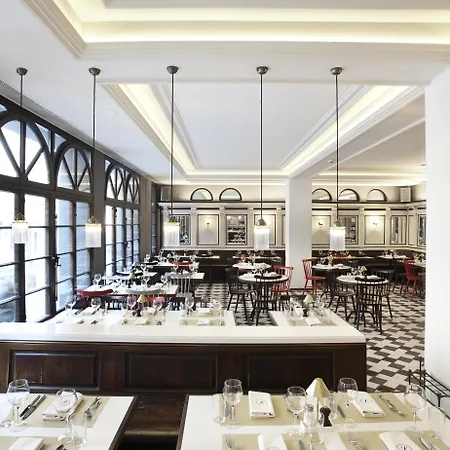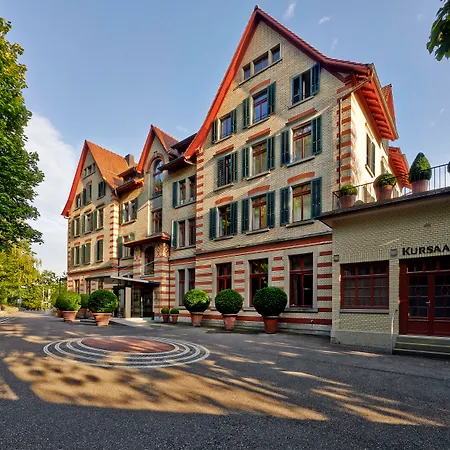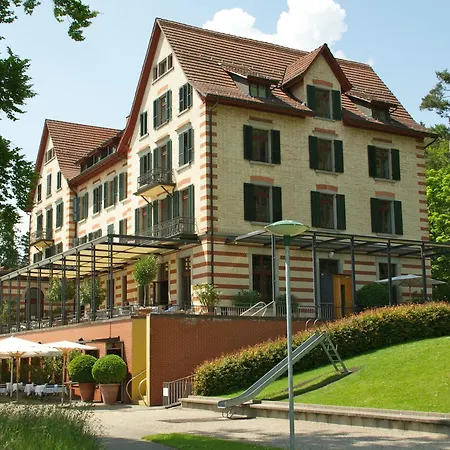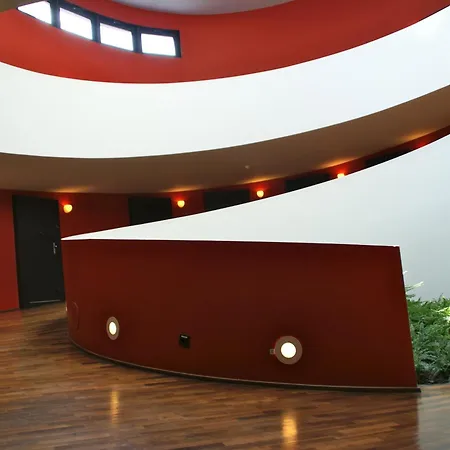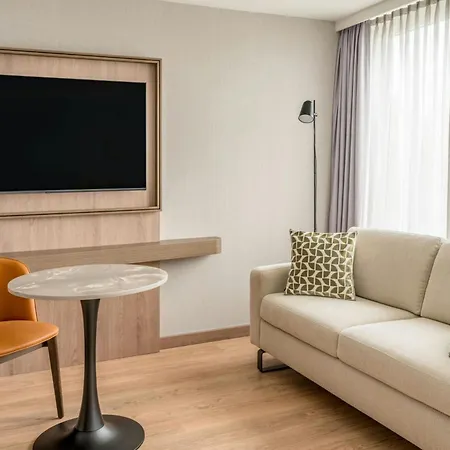Polybahn
Check Availability
Ride the Historic Polybahn
Have you ever experienced a funicular railway dating back to the Victorian era? The Polybahn in Zurich not only serves as a means of transport but also offers a glimpse into the city’s rich history.
Founded in 1889 by the engineers Heinrich and Hermann G. B. Bär, the Polybahn was designed to connect the city center with the ETH Zürich polytechnic university. The funicular features an impressive architecture with wooden carriages that ascend at a steep incline of 27 degrees, providing breathtaking views of the city skyline and the surrounding landscape.
Must-See Highlights
- 🎢 Historical Journey - Experience a piece of Zurich’s transport history that has been operational for over a century.
- 🌄 Scenic Views - Enjoy panoramic views of the Zürich skyline as you ascend to the ETH Zürich campus.
- 🛤️ Unique Design - The Victorian architecture and charming wooden carriages add to the allure of this unique transportation method.
The funicular operates on a paid ticket system, making it accessible for tourists, students, and history enthusiasts alike.
Interesting Facts about Natural History Museum Polybahn
Historical Significance
The Polybahn was opened in 1889 and has continuously served as an important transport link to the ETH Zürich.
Engineering Marvel
It operates on a steep incline and uses a wire rope system, showcasing advanced engineering for its time.
Cultural Icon
The Polybahn has been a symbol of Zurich's commitment to public transport and education for over 130 years.
Location
Stay Near Polybahn Best Hotels
Address
View mapLimmatquai 142
Opening Hours
Friday:
7:30 AM–10:30 PM
Monday:
7:30 AM–10:30 PM
Saturday:
7:30 AM–10:30 PM
Sunday:
7:30 AM–10:30 PM
Thursday:
7:30 AM–10:30 PM
Tuesday:
7:30 AM–10:30 PM
Wednesday:
7:30 AM–10:30 PM
Contact Information
Price
Adult: CHF 2.60; Child: CHF 1.30. Discounted tickets for students and seniors available.
Average Visit Duration
Duration: Approximately 15 minutes.
Best Time to Visit
Weekday afternoons (1:00 PM–3:00 PM) are less crowded compared to peak hours.
